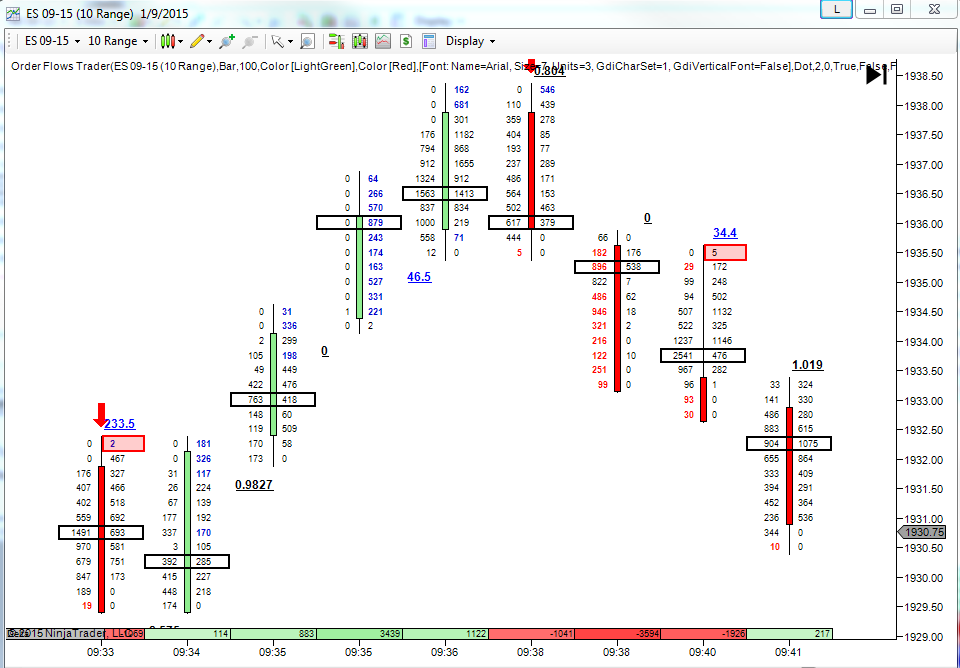Understanding Orderflow
At the most basic level of market structure it is buyers (demand) and sellers (supply) who move the markets. It is not mathematical formulas. Markets don’t move because the MACD or RSI reached a predetermined level. What causes markets to move is when demand exceeds supply or supply overwhelms demand. Indicators lag prices. When the market makes a high, there are no indicators which will say sell until well after the market has turned lower.
What causes markets to turn and change direction is a little more complex. On one level, markets turn when the last buyer has bought or the last seller has sold. One another level, markets turn when there price is considered cheap and big buyers start to come in and scoop up supply at those low price levels. Conversely, when prices are rich and sellers want to sell as much as they can high prices.
I use order flow to understand the behaviour of the market. Everything I do is to understand the behaviour of other market participants. I try to understand the position the other trader is in. Are they long and wrong? Has a big player decided price is too cheap or expensive? Has someone tried to push prices higher or lower and failed? All of these questions and more can be answered with order flow. Imbalances in supply and demand can be detected with volume analysis.
Once you start watching the way orders flow into the market by reading the volume footprint left behind it will become clear where the market is going. Markets are not predictable all the time, but at certain times the direction the market will be moving will become pretty obvious.
Order flow is a discretionary way to trade. Even though it requires discretion, it doesn’t mean that you trade it without rules. Every situation is a bit different. What you look for are patterns that occur over and over. They may not be exactly the same, but the pattern of the order flow is recognizable. Are aggressive buyers coming in? Is a high weak? Etc.









